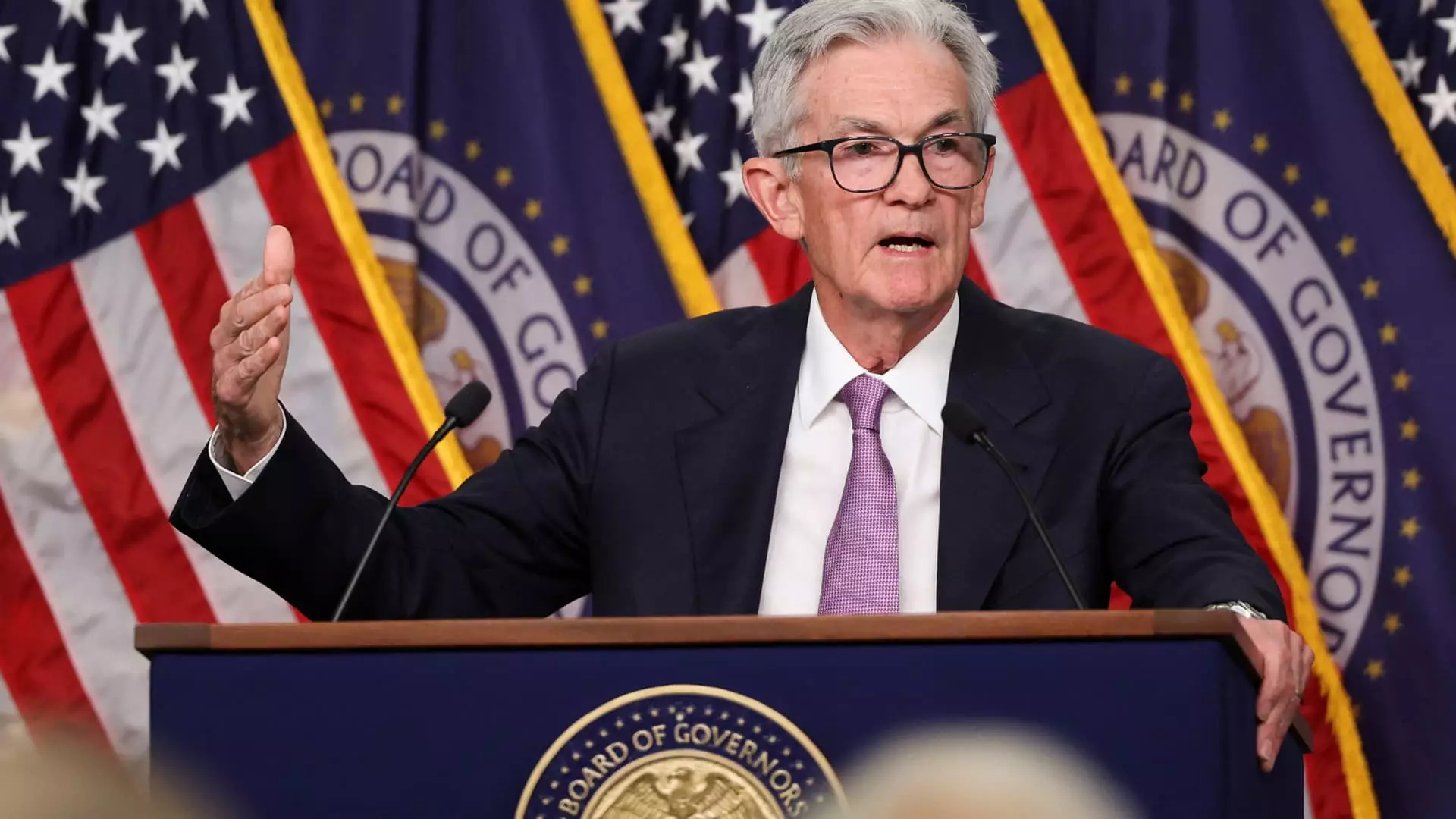The financial landscape is continuously evolving, reflecting shifts in economic policy and market dynamics. One of the most significant factors influencing the banking sector is interest rates, particularly the trends that emerge when these rates decline. Traditionally viewed as a boon for banks, falling interest rates carry a plethora of implications that banks must navigate skillfully. This article delves into the nuances of how decreasing interest rates may impact the banking industry, considering both potential advantages and emerging challenges.
Interest rates serve as a crucial tool for central banks, which often adjust them to steer the economy toward desired outcomes, such as stimulating growth or countering inflation. Recent discussions have centered on actions taken by the Federal Reserve, including a notable half-percentage-point cut to its benchmark rate. This shift indicated not only a change in monetary policy but also a careful consideration of future cuts in light of ongoing economic conditions.
For banks, the immediate response to such rate changes can be complex. Lower interest rates are intended to encourage borrowing by making loans cheaper, thereby stimulating economic activity. Yet, when rates fall too dramatically, as can occur in reaction to recession fears, the context shifts. The nuance lies in understanding whether these cuts are a proactive measure to facilitate growth or a defensive move to combat economic downturns.
One of the primary areas of interest for banks regarding interest rate alterations is net interest income (NII), which represents the difference between the interest earned on loans and the interest paid on deposits. As interest rates decline, the immediate hope is for a favorable environment where funding costs diminish more rapidly than the yields on income-generating assets. This shift can lead to an expansion of net interest margins, bolstering profitability.
However, this is not a given. The extent to which a bank’s assets and liabilities respond to falling rates can vary significantly. For some financial institutions, the assets they hold may reprice faster than their corresponding liabilities, thereby compressing margins in the early stages of an easing cycle. Analysts have pointed out that expectations for NII growth may need to be tempered, as the rates could have a lagging effect depending on various market conditions.
The banking sector is rife with uncertainty, as exemplified by the mixed responses from major institutions. When JPMorgan Chase begins reporting quarterly earnings, analysts are particularly keen to hear management’s perspective on future NII, considering broader economic indicators and recent statements regarding performance expectations. With projections suggesting a decrease in earnings per share compared to the previous year, the nerves among investors are palpable.
Amid these challenges, broader market sentiment can undoubtedly affect banks differently. For larger financial firms, a projected average decline in NII signifies potential hurdles, while regional banks may find themselves better positioned to benefit from reduced rates due to their differing operational structures. For instance, regional banks are projected to reap more immediate advantages from the rate cuts, leading analysts to reassess their outlook on these entities.
Interestingly, not all institutions share an optimistic outlook regarding the impact of falling rates. Some banks, like Bank of America and Wells Fargo, have already begun to temper expectations for future NII throughout the year. Analysts have raised concerns about the possibility of increased loan losses, which could diminish profit margins even further. The caution exhibited by these banks emphasizes the need for prudence in projecting earnings growth in such a volatile environment.
Moreover, as rates continue to trend downward, the divergence in banking strategies also becomes noteworthy. Some analysts are advocating for investments in specific banks that may benefit from rising deal volumes in a falling rate environment, whereas others are advising reevaluation of expectations across the industry.
Ultimately, banks find themselves in a complex position as they navigate the shifting landscape of interest rates. The promise of lower costs of borrowing may stimulate economic activity, yet the realities of net interest income challenges pose significant risks. Financial institutions must adapt their strategies in response to ongoing developments, keeping a keen eye on inflationary pressures, loan performance, and market sentiment.
In the months ahead, the banking sector will require astute management and robust analytical frameworks to interpret economic signals accurately. Understanding the nuanced interplay of interest rates, lending practices, and market conditions will be essential for banks aiming to maintain stability and seize opportunities during this transformative period in finance.

